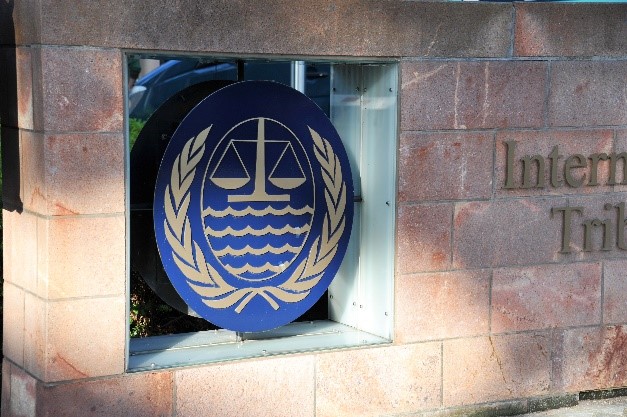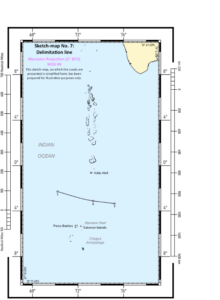
On 28 April 2023, a special chamber of the International Tribunal for the Law of the Sea (the “Special Chamber”) issued its merits judgment in the Dispute concerning delimitation of the maritime boundary in the Indian Ocean between the Republic of Mauritius (“Mauritius”) and the Republic of Maldives (the “Maldives”). Mauritius had instituted proceedings before an arbitral tribunal constituted under Annex VII of the United Nations Convention on the Law of the Sea (“UNCLOS”), after which the parties agreed to transfer the case to the Special Chamber (the “Special Agreement”). Ruling unanimously, the Special Chamber delimited a single maritime boundary for the exclusive economic zone (the “EEZ”) and continental shelf within 200 nautical miles (“nm”) between the two States. Although the Special Chamber unanimously upheld jurisdiction to delimit the continental shelf beyond 200 nm and found Mauritius’ request admissible, the Special Chamber did not proceed with delimitation, finding it was unable to determine Mauritius’ entitlement in the Northern Chagos Archipelago Region.
As regards delimitation of the EEZ and continental shelf within 200 nm, the Special Chamber applied Articles 74(1) and 83(1) of UNCLOS and the “three-stage approach” used by international courts and tribunals since the Black Sea (Romania v. Ukraine) case. First, when constructing the provisional equidistance line, the Special Chamber considered that, while the low-tide elevation (“LTE”) Blenheim Reef was part of Mauritius’ coast, the LTE was not an appropriate basepoint for delimitation. For the Special Chamber, the impact of basepoints on Blenheim Reef was “by no means insubstantial”, given that they “would control almost half” of the provisional equidistance line. Blenheim Reef’s status as a “drying reef”, for purposes turning points on archipelagic baselines under Article 47 of UNCLOS, did not alter the Special Chamber’s conclusion. As regards measuring the 200 nm limit from Mauritius’ straight archipelagic baselines, the parties disagreed on whether Blenheim Reef comprised a single LTE or multiple LTEs. Although it could not “be certain” of the exact number, the Special Chamber concluded there were “a number” of LTEs and, for purposes of drawing archipelagic baselines under Article 47(1) of UNCLOS, only those LTEs “situated wholly or partly” within 12 nm of the nearest island (Île Takamaka) could be used. Second, the Special Chamber found that Blenheim Reef was a “relevant circumstance requiring adjustment of the provisional equidistance line”. For the Special Chamber, “ignoring Blenheim Reef completely would not lead to an equitable solution”, given the “extensive areas of drying reefs” forming part of the Chagos Archipelago. In light of the geographical circumstances, the Special Chamber adjusted the provisional equidistance line by giving “half effect” to Blenheim Reef. Third, the Special Chamber found “no significant disproportion” between the ratio of the relevant coasts’ lengths and the ratio of areas allocated to each party.
The Special Chamber upheld jurisdiction over (and confirmed the admissibility of) Mauritius’ claim for entitlement to, and delimitation of, the continental shelf beyond 200 nm in the Northern Chagos Archipelago Region. The Special Chamber found that the subject-matter of the “dispute” had been included in both Mauritius’ request for arbitration and the parties’ Special Agreement’. The Special Chamber also found there was no “rule” requiring Mauritius to file a full submission before the Commission on the Limits of the Continental Shelf prior to instituting delimitation proceedings, citing Bangladesh/Myanmar and Bangladesh v. India. The Special Chamber, nonetheless, declined to delimit the area because it could not establish Mauritius’ entitlement. In particular, Mauritius had failed to establish “a natural prolongation of its submerged land territory to the outer edge of its continental margin beyond 200 nm”. The Special Chamber also found that there was “significant uncertainty” that the two other routes presented by Mauritius “could form a basis for its natural prolongation to the critical foot of slope point”.
The Special Chamber’s single line delimiting the EEZ and continental shelf boundary within 200 nm is illustrated below.

